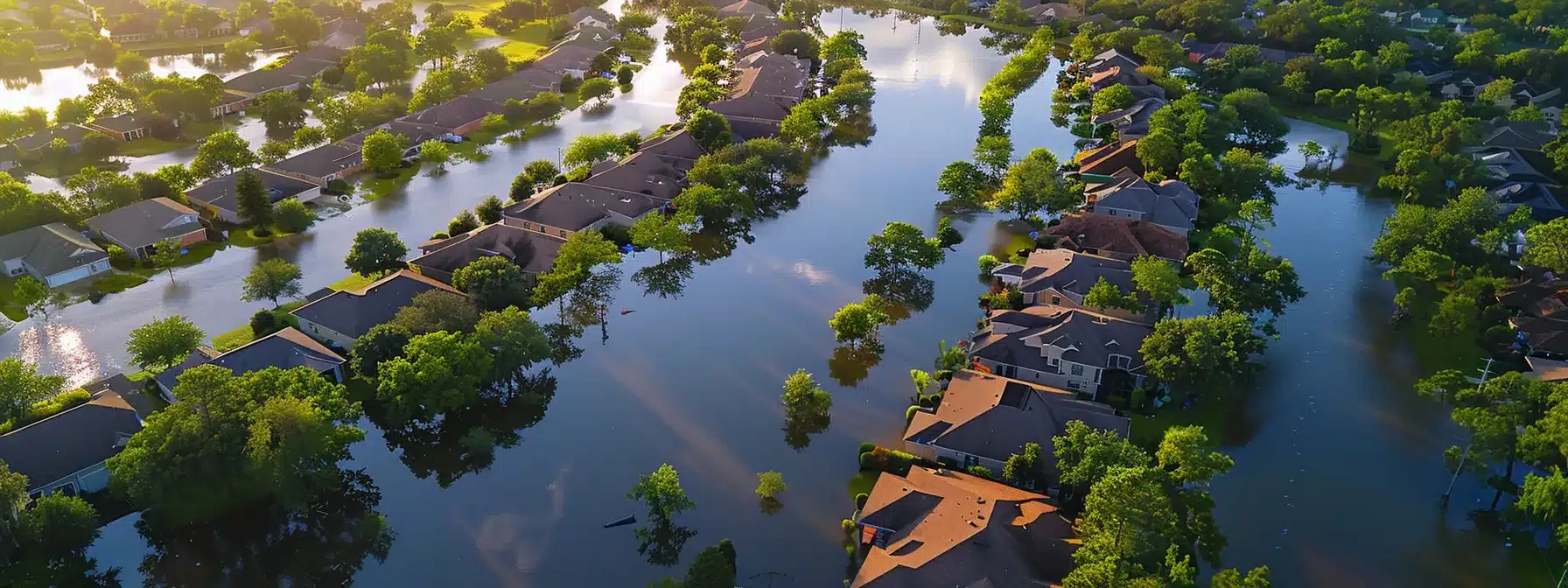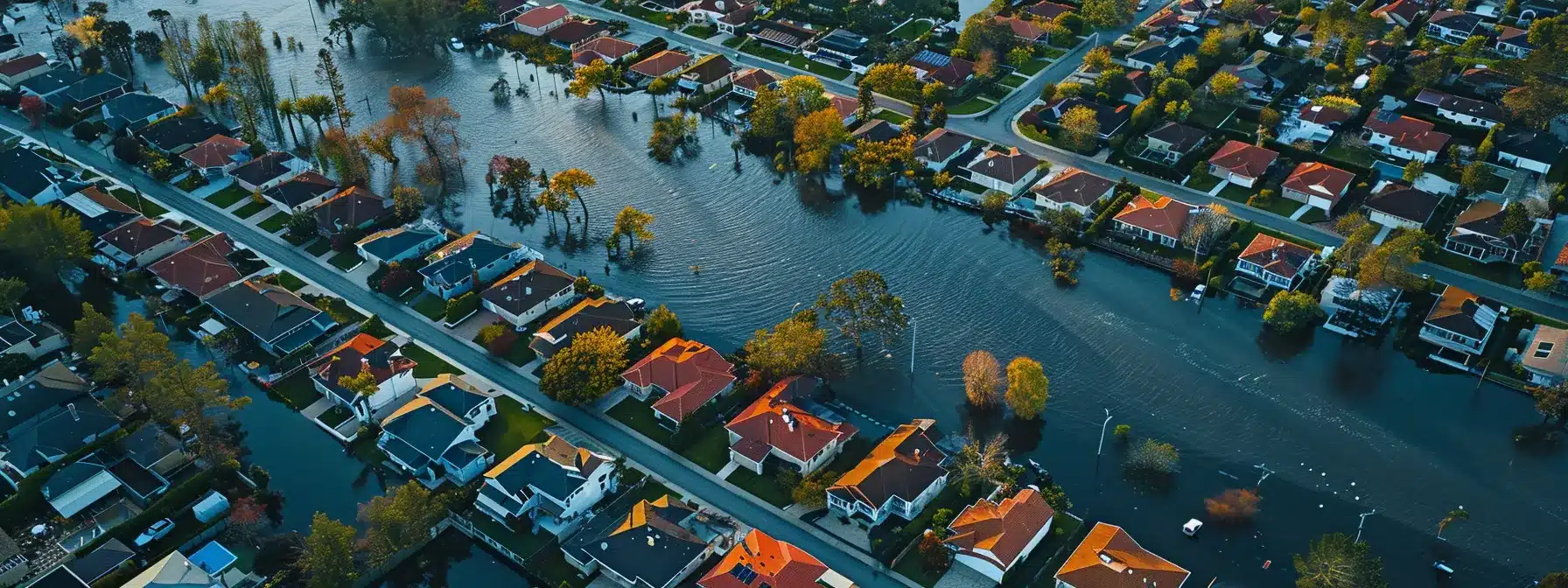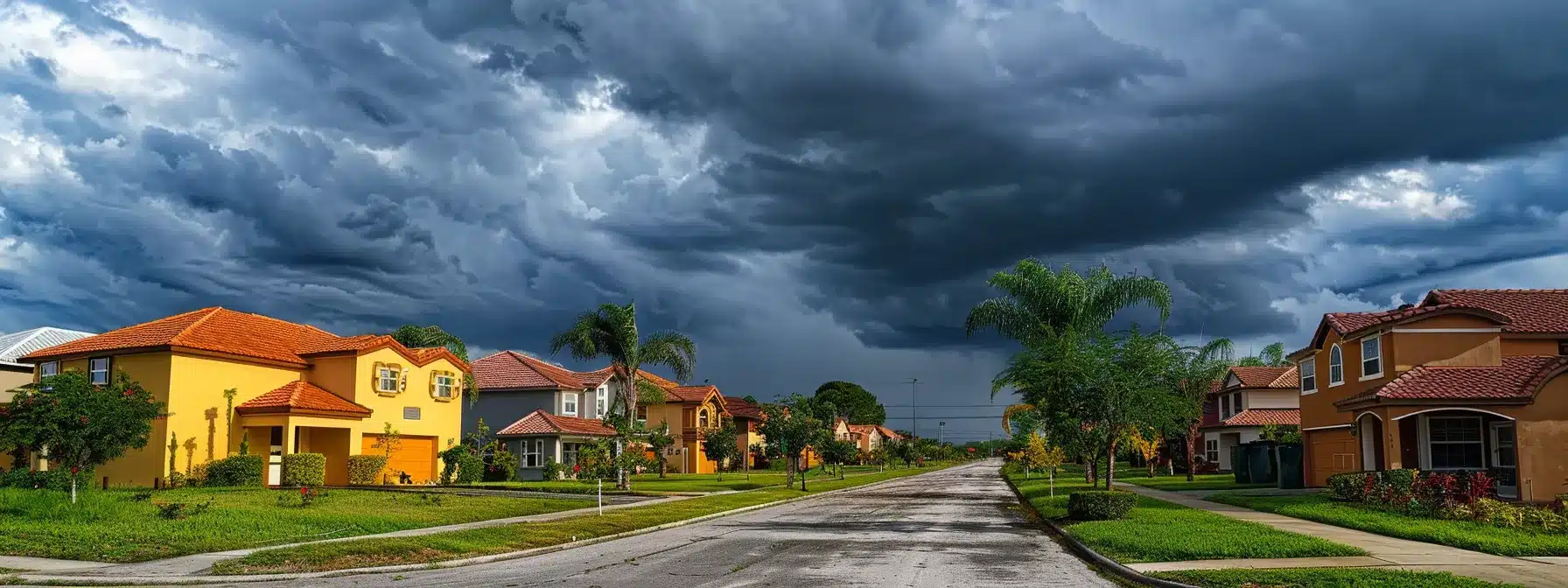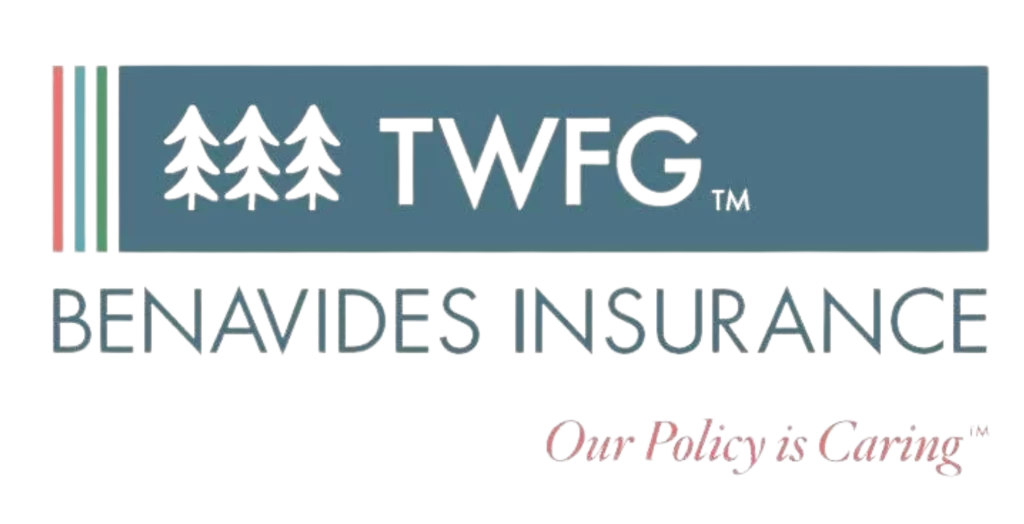
Comprehensive Guide to Understanding Flood Zones for Homeowners
Are you worried about flooding risks to your home? Understanding flood zones is crucial for every homeowner. This guide will explain flood zone classifications, how they impact your insurance, and steps to mitigate flood risks. You’ll learn how to determine your home’s flood zone and prepare for potential flood events. By the end, you’ll have the knowledge to make informed decisions about flood insurance and property protection, ensuring peace of mind for your dream home.
Understanding Flood Zone Classifications

Understanding flood zone classifications is crucial for homeowners. You’ll learn about FEMA flood zone designations and identify high-risk and moderate-risk zones. This knowledge helps you assess your property’s flood risk, determine insurance requirements, and plan your budget. Familiarizing yourself with these classifications enables you to make informed decisions about flood protection and potential policy needs.
Learn About FEMA Flood Zone Designations
FEMA flood zone designations categorize areas based on their flood risk, helping you understand your property’s vulnerability. These zones, marked on flood insurance Rate Maps (FIRMs), range from high-risk areas like Zone A and Zone V to moderate-to-low risk areas such as Zone X. Familiarizing yourself with these designations is crucial for flood management and improving your resilience against potential flooding events.
Each flood zone classification comes with specific insurance requirements and building regulations. For instance, if your property is in a high-risk zone, you may need to obtain a flood insurance policy to secure a mortgage loan. Understanding these designations can also provide valuable tips for protecting your property and managing flood risks effectively:
| Flood Zone | Risk Level | Insurance Requirement |
|---|---|---|
| A, AE, AH, AO | High Risk | Mandatory |
| V, VE | High Risk Coastal | Mandatory |
| X, B, C | Moderate to Low Risk | Optional |
Identify High-Risk and Moderate-Risk Zones
Identifying high-risk and moderate-risk flood zones is crucial for effective risk management and property insurance decisions. High-risk zones, such as A and V zones, face a 1% or higher annual chance of flooding, making national flood insurance mandatory for mortgage holders. These areas require extra vigilance in protecting your property from potential water damage.
Moderate-risk zones, typically B or X zones, have a lower flood risk but still warrant consideration for flood insurance. Your knowledge of these zones helps you make informed choices about coverage and preparedness. To better understand your property’s flood risk, consider the following factors:
- Proximity to water bodies
- Elevation of your property
- Local drainage systems
- Historical flood data
- Recent development in your area
You’ve learned about flood zones. Now it’s time to find out where your home stands. Let’s uncover your property’s flood risk and what it means for you.
Determining Your Home’s Flood Zone
Determining your home’s flood zone is crucial for understanding flood insurance requirements and potential risks. You can use FEMA’s Flood Map Service Center to access floodplain information and consult local authorities for accurate, up-to-date details. This knowledge is valuable for real estate market considerations and property protection.
Use FEMA’s Flood Map Service Center
FEMA’s Flood Map Service Center provides a user-friendly tool to determine your home’s flood zone and assess potential hazards. You can access detailed flood maps, which show the risk levels for different areas, including those prone to basement flooding. This information helps you understand the disaster potential and associated insurance costs for your property.
By entering your address on the FEMA website, you’ll receive comprehensive data about your flood zone classification. This knowledge empowers you to make informed decisions about flood insurance and take proactive steps to mitigate risks. Understanding your home’s flood zone is crucial for protecting your investment and ensuring your family’s safety in the event of a flood disaster.
Consult Local Authorities for Accurate Information
Consulting local authorities provides the most accurate and up-to-date information about your property’s flood zone designation and flood insurance requirements. Your local emergency management office or floodplain administrator can offer detailed insights about flood risks specific to your area, including potential river flooding. They have access to the latest Federal Emergency Management Agency (FEMA) data and local flood history.
These officials can help you understand how recent changes in flood maps might affect your property and insurance needs. They can also provide guidance on flood mitigation strategies and local building codes. Here’s a breakdown of the information you can expect from local authorities:
| Information Type | Source | Relevance |
|---|---|---|
| Current Flood Zone | Local Floodplain Administrator | Insurance Requirements |
| Historical Flood Data | Emergency Management Office | Risk Assessment |
| Local Building Codes | City Planning Department | Property Improvements |
Flood zones shape your insurance needs. Understanding their impact is crucial for protecting your home.
Impact of Flood Zones on Home Insurance
Understanding how flood zones impact your home insurance is crucial for your safety and financial security. Living in a special flood hazard area can significantly affect your insurance rates and coverage needs. Explore the relationship between flood zones and insurance costs, and assess whether you need additional flood protection for real peace of mind. contact us to learn about the benefits of proper flood coverage.
Explore How Flood Zones Affect Insurance Rates
Your home’s flood zone classification directly impacts your insurance rates, affecting your overall investment. Higher-risk zones typically lead to higher premiums, reflecting the increased likelihood of flood-related damage. This risk assessment is crucial for refinancing considerations and real estate valuations, as it influences the long-term costs associated with property ownership.
Understanding how flood zones affect your insurance rates helps you navigate the uncertainty in the real estate market. You can make informed decisions about property purchases, flood mitigation strategies, and insurance coverage. Consider the following factors that influence flood insurance rates:
| Factor | Impact on Rates | Mitigation Strategy |
|---|---|---|
| Elevation | Lower elevation = Higher rates | Elevate structure |
| Flood Zone | Higher risk zone = Higher rates | Flood-proofing measures |
| Building Construction | Older buildings = Higher rates | Structural improvements |
Assess the Need for Additional Flood Coverage
Assessing your need for additional flood coverage is crucial, especially if you live in areas prone to storms or near flood-prone water bodies. Your standard homeowners insurance policy typically doesn’t cover flood damage, making it essential to evaluate your risk based on updated flood maps and data. Consider factors such as your property’s elevation, proximity to water sources, and local flood history when determining if you need extra protection.
If you have a mortgage on your home in a high-risk flood zone, your lender will likely require flood insurance. Even if it’s not mandatory, purchasing a separate flood insurance policy can provide peace of mind and financial security. Analyze the potential costs of flood damage against the price of coverage to make an informed decision:
| Flood Risk Factor | Impact on Coverage Need | Consideration |
|---|---|---|
| Property Location | Higher risk in flood-prone areas | Review flood zone maps |
| Storm Frequency | Increased need in storm-prone regions | Check local weather patterns |
| Mortgage Requirement | Mandatory for high-risk zones | Consult with your lender |
Flood zones shape insurance costs. Now let’s explore how to protect your property.
Mitigating Flood Risks for Your Property
Mitigating flood risks for your property is crucial, especially in special flood hazard areas. You’ll learn effective flood prevention measures to protect your home from water damage during natural disasters. Discover how elevating utilities and essential systems above flood levels can minimize the impact of emergencies and help you comply with regulations.
Implement Effective Flood Prevention Measures
Implementing effective flood prevention measures can significantly reduce your flood insurance rate and protect your property from water damage. Start by conducting a thorough assessment of your home’s vulnerabilities and consider installing flood barriers, sump pumps, and backflow valves. These practical steps can help safeguard your property and potentially lower your insurance premiums.
If you’re planning a renovation, incorporate flood-resistant materials and design elements into your project. Raise electrical systems, HVAC equipment, and other critical components above potential flood levels. By taking these proactive measures, you’ll not only enhance your home’s resilience but also demonstrate to insurers your commitment to risk mitigation. Consider the following flood prevention strategies:
- Install flood barriers and sandbags
- Improve drainage around your property
- Seal cracks and gaps in foundation walls
- Elevate appliances and valuable items
- Maintain gutters and downspouts regularly
Elevate Utilities and Essential Systems Above Flood Levels
Elevating your utilities and essential systems above potential flood levels is a crucial step in protecting your property from water damage. By raising electrical panels, HVAC units, and water heaters, you reduce the risk of costly repairs and extended downtime during flood events. This proactive measure not only safeguards your home’s vital systems but also demonstrates your commitment to risk mitigation, potentially lowering your insurance premiums.
When planning to elevate your systems, consult with local building codes and flood regulations to ensure compliance. Consider using platforms, pedestals, or wall-mounted options to keep equipment above the base flood elevation. This approach helps maintain your home’s functionality during and after a flood, minimizing disruption to your daily life:
- Assess your property’s base flood elevation
- Identify critical systems for elevation
- Choose appropriate elevation methods
- Hire qualified professionals for installation
- Update your flood insurance policy to reflect improvements
Flood risks loom large. But regulations shape our defenses.
Understanding Flood Zone Regulations and Compliance
Understanding flood zone regulations and compliance is crucial for homeowners in flood-prone areas. You’ll learn how to comply with local building codes and requirements, ensuring your property meets safety standards. Additionally, you’ll discover the process of obtaining necessary permits for construction in flood zones, helping you navigate the regulatory landscape effectively.
Comply With Local Building Codes and Requirements
Complying with local building codes and requirements is essential when constructing or renovating properties in flood-prone areas. You must familiarize yourself with the specific regulations set by your local authorities, which often include elevation requirements, flood-resistant materials, and structural design standards. These codes ensure your property can withstand potential flood events and minimize damage.
To ensure compliance, consult with local building officials or a licensed contractor experienced in flood zone construction. They can guide you through the necessary steps and help you understand the implications of these regulations on your project. Here’s a breakdown of common flood zone building requirements:
| Requirement | Purpose | Example |
|---|---|---|
| Elevation | Protect living areas from flooding | Raise structure above base flood elevation |
| Flood-resistant materials | Minimize water damage | Use concrete, treated wood, or waterproof coatings |
| Structural reinforcement | Withstand flood forces | Install flood vents or breakaway walls |
Obtain Necessary Permits for Construction in Flood Zones
Before starting any construction or renovation project in a flood zone, you must obtain the necessary permits from your local building department. These permits ensure your project complies with flood zone regulations and building codes. Contact your local authorities to determine the specific permits required for your area, as they may vary depending on the flood zone classification and the scope of your project.
When applying for permits, you’ll need to provide detailed plans and documentation showing how your construction will meet flood zone requirements. This may include elevation certificates, site plans, and structural design details. Be prepared to work closely with local officials throughout the permitting process, as they may request additional information or modifications to ensure your project meets all necessary standards for flood safety and resilience.
Knowing the rules is crucial. But being ready for floods is even more important.
Preparing for Potential Flood Events
Preparing for potential flood events is crucial for homeowners in flood-prone areas. You’ll learn how to develop an emergency evacuation plan, ensuring your family knows what to do when floods threaten. Additionally, you’ll discover how to assemble a comprehensive flood preparedness kit, equipping your household with essential supplies for safety during flood emergencies.
Develop an Emergency Evacuation Plan
Developing an emergency evacuation plan is crucial for your family’s safety during potential flood events. Start by identifying multiple evacuation routes from your home and neighborhood, considering potential road closures due to flooding. Designate a safe meeting point outside the flood zone where your family can reunite if separated.
Create a communication plan that includes contact information for all family members and emergency services. Practice your evacuation plan regularly to ensure everyone knows their role and can act quickly when needed. Here’s a sample evacuation checklist to help you prepare:
| Action Item | Responsibility | Time Frame |
|---|---|---|
| Gather important documents | Adult family members | Immediately |
| Secure valuables | Adult family members | Within 15 minutes |
| Pack emergency supplies | All family members | Within 30 minutes |
| Evacuate to safe location | Entire family | Within 1 hour |
Assemble a Flood Preparedness Kit for Your Family
Assembling a flood preparedness kit for your family ensures you have essential supplies during a flood emergency. Your kit should include non-perishable food, bottled water, first-aid supplies, flashlights, batteries, and important documents in waterproof containers. Consider including personal hygiene items, changes of clothes, and any necessary medications for each family member.
Store your flood preparedness kit in an easily accessible location, and regularly check and update its contents. Include a battery-powered or hand-crank radio to stay informed about emergency instructions and weather updates. Don’t forget to pack items for your pets if you have any, such as food, leashes, and carriers.
The waters recede, but the need for protection remains. Benavides Insurance stands ready to safeguard your home against future floods.
Contact Benavides Insurance for Your Flood Coverage Needs

Understanding flood zones is crucial for protecting your home. At Benavides Insurance, we offer expert guidance on flood insurance tailored to your specific needs in Brownsville, TX.
Our team, led by Derek Benavides, provides personalized insurance solutions based on your property’s flood risk. We’ll help you navigate FEMA flood zone designations and explain how they impact your coverage options.
With over four decades of experience serving South Texas, we understand the unique flood risks in our community. Our independent status allows us to offer a wide range of flood insurance options to suit your budget and protection requirements.
Don’t wait until it’s too late. Call Benavides Insurance at 956-541-3232 today to discuss your flood insurance needs and ensure your home is adequately protected against potential flood damage.
Frequently Asked Questions
How do I determine which flood zone my home is in?
To determine your home’s flood zone, visit FEMA’s Flood Map Service Center website and enter your address. You can also contact your local floodplain manager or Benavides Insurance Agency for assistance. Understanding your flood zone is crucial for assessing risk and insurance needs.
What impact does my flood zone have on insurance premiums?
Your flood zone significantly affects your insurance premiums. High-risk zones face higher rates due to increased flood likelihood. Lower-risk areas generally have lower premiums. Factors like elevation, proximity to water bodies, and flood history also influence costs. Understanding your zone helps in estimating potential insurance expenses.
Are there ways to mitigate flood risks for my property?
Yes, you can mitigate flood risks for your property. Some effective strategies include elevating your home, installing proper drainage systems, sealing basement walls, and purchasing flood insurance. Regular maintenance of gutters and downspouts, along with creating a barrier using sandbags during flood warnings, can also help protect your property.
What regulations do I need to follow in my flood zone?
Flood zone regulations vary based on your specific location and flood risk. Generally, you’ll need to follow FEMA guidelines, which may include elevating structures, using flood-resistant materials, and obtaining flood insurance. Contact your local floodplain administrator or Benavides Insurance Agency for detailed requirements in your area.
How can Benavides Insurance help with my flood coverage needs?
Benavides Insurance can assist with your flood coverage needs by offering personalized solutions tailored to your property in Brownsville, TX. Our experienced team will assess your risk, explain coverage options, and help you secure comprehensive flood insurance to protect your home and belongings from water damage.

